The legal landscape of the United States has been shaped by numerous landmark cases that set vital precedents, influencing everything from civil rights to freedom of speech. These cases have not only defined legal standards but also reflected the evolving values of society. From pivotal Supreme Court decisions that challenged racial segregation to rulings that protected individual freedoms, each case has left an indelible mark on American law. This article explores 14 famous legal cases that transformed the judicial system and continue to resonate today, highlighting their significance and lasting impact.
Marbury v. Madison (1803)
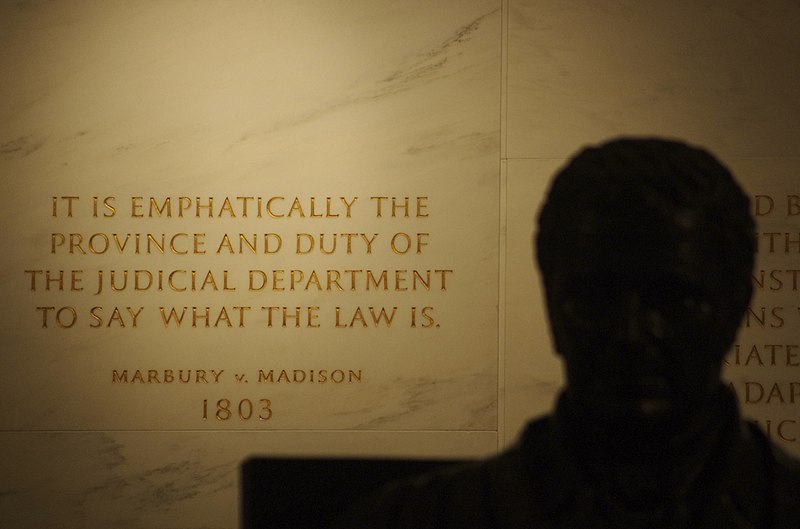
This landmark case established the principle of judicial review in the United States. William Marbury petitioned the Supreme Court for a writ of mandamus to compel Secretary of State James Madison to deliver his commission. Chief Justice John Marshall ruled that while Marbury had a right to his commission, the Court did not have the authority to issue a writ in this case. This decision clarified the role of the judiciary as a check on the other branches of government. By asserting its power to invalidate laws conflicting with the Constitution, the Supreme Court cemented its authority. Consequently, Marbury v. Madison became a foundational case for the balance of power in American government.
Brown v. Board of Education (1954)
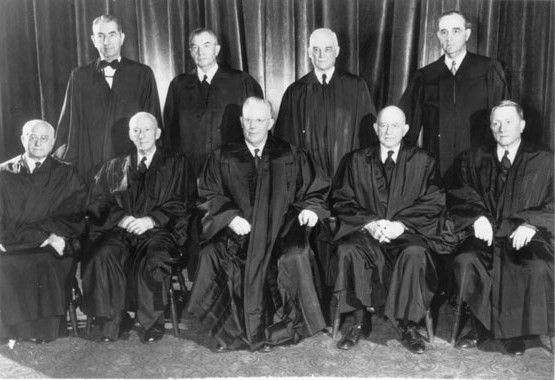
In a historic ruling, the Supreme Court declared racial segregation in public schools unconstitutional. The case consolidated five separate cases challenging the “separate but equal” doctrine established in Plessy v. Ferguson. Chief Justice Earl Warren’s opinion stated that separate educational facilities are inherently unequal. This landmark decision not only overturned Plessy but also provided a crucial impetus for the Civil Rights Movement. It emphasized that segregation inflicted psychological harm on black children, impacting their education and social development. The ruling marked a significant turning point in the fight for equality in America.
Roe v. Wade (1973)

Roe v. Wade addressed the legality of abortion and the right to privacy. The case involved a Texas woman, “Jane Roe,” who challenged the state laws criminalizing most abortions. The Supreme Court ruled that a woman’s right to privacy extends to her decision to terminate a pregnancy. The Court established a trimester framework, balancing the state’s interests against a woman’s right. This decision significantly impacted women’s reproductive rights in the United States. Roe v. Wade remains one of the most controversial and debated Supreme Court rulings in American history.
Miranda v. Arizona (1966)
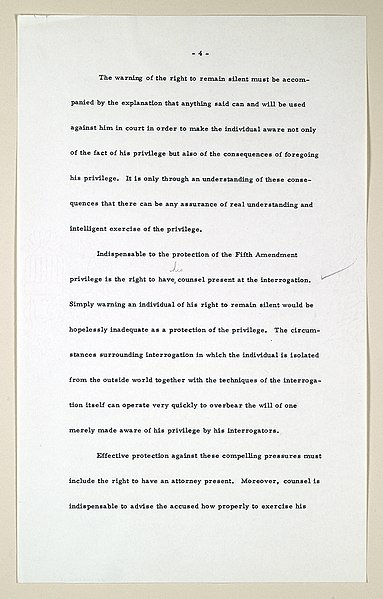
This case led to the establishment of Miranda rights, requiring law enforcement to inform suspects of their rights. Ernesto Miranda’s confession was obtained without being informed of his right to counsel or his right against self-incrimination. The Supreme Court ruled that statements made during custodial interrogation could not be used as evidence unless the suspect was informed of these rights. This decision reinforced the Fifth Amendment protections against self-incrimination. By requiring police to provide clear warnings, the Court sought to ensure fair treatment of suspects. Miranda v. Arizona significantly changed police procedures across the country.
Loving v. Virginia (1967)

Loving v. Virginia was a pivotal case that invalidated laws prohibiting interracial marriage. Richard and Mildred Loving, an interracial couple, were sentenced to a year in prison for marrying in Virginia. The Supreme Court ruled that state bans on interracial marriage violated the Equal Protection and Due Process Clauses of the Fourteenth Amendment. This decision emphasized the fundamental right to marry, regardless of race. Loving v. Virginia not only struck down discriminatory laws but also set the stage for future debates on marriage equality. The ruling remains a cornerstone in the fight against racial discrimination.
United States v. Nixon (1974)
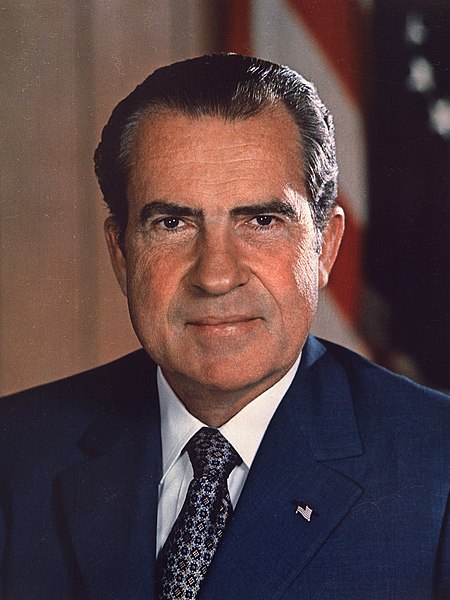
This case was crucial in defining the limits of executive privilege. Following the Watergate scandal, President Nixon refused to release tape recordings requested by a congressional subpoena. The Supreme Court unanimously ruled that the President is not above the law. It stated that the need for evidence in a criminal trial outweighed the President’s claim to confidentiality. The ruling forced Nixon to release the tapes, leading to his resignation. United States v. Nixon established a precedent for the accountability of the executive branch.
Shelby County v. Holder (2013)

Shelby County v. Holder challenged the constitutionality of a key provision of the Voting Rights Act of 1965. The Supreme Court struck down the formula used to determine which jurisdictions required federal approval before changing voting laws. The Court argued that the formula was outdated and violated states’ rights. This ruling effectively weakened federal oversight of voting laws in certain states. Critics contended that the decision undermined efforts to protect minority voting rights. Shelby County v. Holder continues to influence discussions on voting access and election integrity.
Obergefell v. Hodges (2015)
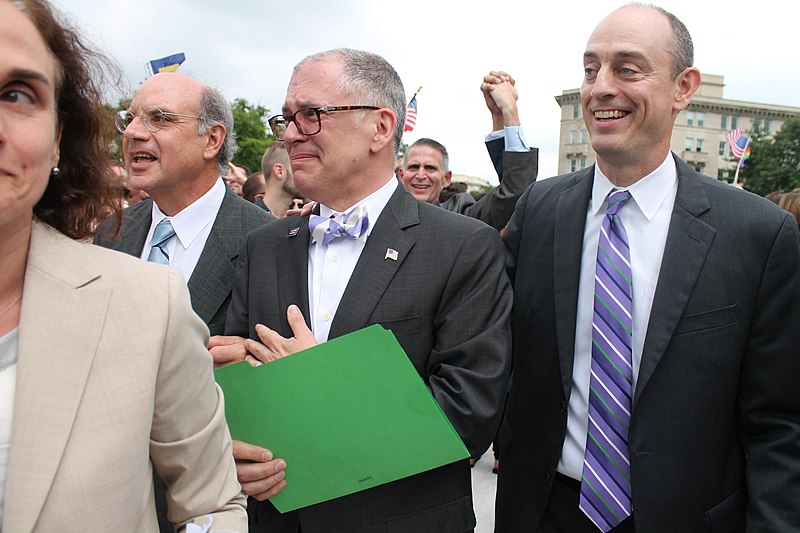
Obergefell v. Hodges was a landmark case that legalized same-sex marriage across the United States. The case consolidated several challenges to state bans on same-sex marriage. The Supreme Court ruled that the right to marry is a fundamental liberty protected by the Fourteenth Amendment. This decision affirmed that same-sex couples have the same legal rights as opposite-sex couples. Obergefell v. Hodges marked a significant victory for LGBTQ+ rights advocates. The ruling symbolizes a broader societal shift toward acceptance and equality for all.
Plessy v. Ferguson (1896)
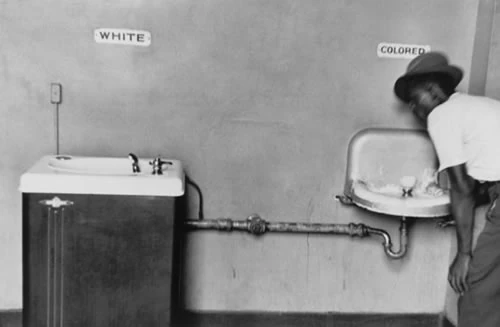
Although later overturned, Plessy v. Ferguson established the “separate but equal” doctrine. Homer Plessy, a mixed-race man, was arrested for sitting in a “whites-only” railway car. The Supreme Court ruled that racial segregation was constitutional as long as facilities were equal. This decision legitimized racial discrimination and segregation across the United States. The “separate but equal” doctrine remained in effect for nearly six decades, entrenching systemic racism. Plessy v. Ferguson ultimately set the stage for future legal challenges that would seek to overturn this unjust precedent.
Whole Woman’s Health v. Hellerstedt (2016)

This case addressed Texas laws imposing strict regulations on abortion clinics. The Supreme Court struck down provisions requiring clinics to meet hospital-like standards. The Court found that these regulations placed an undue burden on women seeking abortions. This decision reinforced the precedent set in Roe v. Wade, emphasizing a woman’s right to choose. Whole Woman’s Health v. Hellerstedt highlighted the ongoing legal battles over reproductive rights in the U.S. The ruling reaffirmed the importance of access to safe and legal abortion services.
Texas v. Johnson (1989)
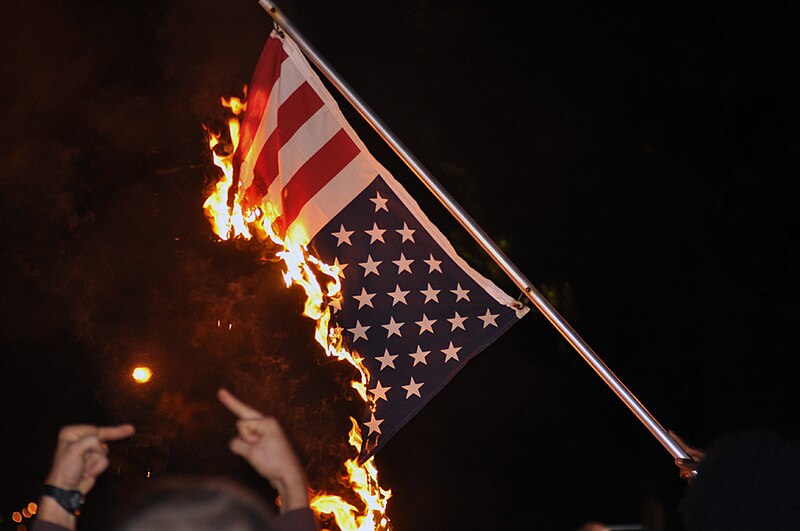
This case addressed the First Amendment’s protections of free speech, specifically regarding flag desecration. Gregory Lee Johnson was arrested for burning an American flag in protest. The Supreme Court ruled that his actions were protected symbolic speech under the First Amendment. This landmark decision underscored the importance of free expression, even when it offends others. Texas v. Johnson reaffirmed that freedom of speech includes controversial and unpopular expressions. The ruling has since influenced discussions on the limits of free speech in America.
United States v. Windsor (2013)
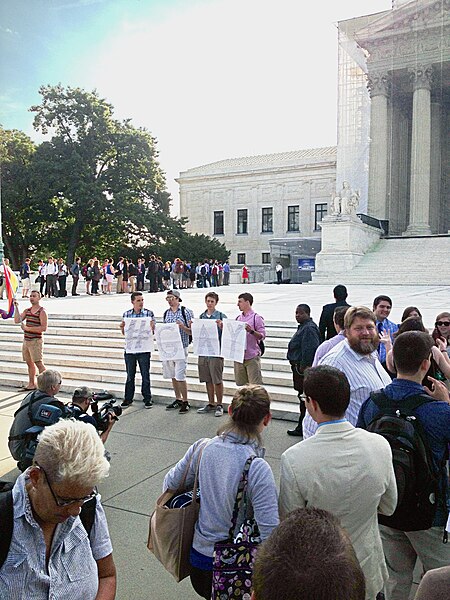
United States v. Windsor addressed the Defense of Marriage Act (DOMA), which defined marriage as a union between one man and one woman. Edith Windsor challenged DOMA after being denied federal benefits following her same-sex spouse’s death. The Supreme Court ruled that DOMA was unconstitutional as it violated the principles of equal protection under the law. This decision was a significant victory for LGBTQ+ rights, paving the way for future cases. Windsor highlighted the growing recognition of same-sex relationships in American law. The ruling was a key step toward the legalization of same-sex marriage nationwide.
Ashcroft v. Free Speech Coalition (2002)

This case revolved around the Child Pornography Prevention Act, which criminalized virtual child pornography. The Supreme Court ruled that the law was overly broad and violated the First Amendment. The Court emphasized that the mere depiction of minors in sexually explicit situations does not necessarily harm children. This decision reaffirmed the importance of protecting free expression, even when it involves controversial content. Ashcroft v. Free Speech Coalition underscored the balance between protecting children and upholding constitutional rights. The ruling had significant implications for future cases involving obscenity and free speech.
Korematsu v. United States (1944)

Korematsu v. United States involved the internment of Japanese Americans during World War II. Fred Korematsu defied government orders to leave his home and was subsequently arrested. The Supreme Court upheld the government’s decision, citing national security concerns. This controversial ruling justified racial discrimination in times of war. However, Korematsu v. United States has since been widely criticized and viewed as a cautionary tale. The case serves as a reminder of the dangers of sacrificing civil liberties in the name of security.
This article originally appeared on Rarest.org.
More From Rarest.Org
Some flowers are so rare that they can only bloom under very specific environmental conditions, known as microclimates. These delicate species rely on unique combinations of temperature, humidity, soil, and sunlight to survive and thrive. Read more.
Rare gemstones hold a special allure, not just for their beauty but for their scarcity. Found only in specific regions around the world, these stones are prized by collectors and jewelers alike. Read more.
When it comes to planning your next adventure, sometimes the most unforgettable experiences come from destinations that aren’t swarming with tourists. If you’re seeking new places that offer unique culture, stunning landscapes, and affordable travel, consider these underrated travel spots. Read more.



